In the early 1900s, New York City was a new and massive metropolis. The consolidation of the five boroughs in 1898 had created a municipal government of unprecedented size, and this new government required a new type of building. The era saw the rise of grand civic structures designed to house the sprawling city bureaucracy and project an image of order, power, and civic pride to the world.
The most ambitious project of this period was the construction of the Manhattan Municipal Building. For years, city agencies had been scattered across dozens of rented offices in Lower Manhattan. The city held a competition for a single, massive building to consolidate them, and in 1908, a design by the famed architectural firm McKim, Mead & White was chosen. Construction began in 1909 at the intersection of Centre Street and Chambers Street, just across from City Hall Park.
The scale of the Municipal Building was immense. When it was completed in 1914, the 40-story tower was one of the largest government buildings in the world. Designed in the ornate Beaux-Arts style, it featured a grand central arch through which Chambers Street actually passed. The building’s limestone facade was decorated with sculptures and classical details. At its very top, more than 580 feet above the street, stood a gilded copper statue called “Civic Fame,” which remains the largest statue in Manhattan. Inside, the building contained vaults for city records, courtrooms, and offices for dozens of city agencies, from the marriage license bureau to the Department of Public Works. It even had its own dedicated subway station built directly into its foundation.
Read more
While the Municipal Building represented the city’s future, its past was still active just across the park. New York City Hall, a much smaller and more elegant building completed in 1812, continued to serve as the official seat of the Mayor and the City Council. Its Federal-style architecture, with its graceful columns and delicate details, stood in sharp contrast to the colossal scale of the new Municipal Building.
The consolidation of the city also led to the construction of new administrative centers in the outer boroughs. In the Bronx, a grand Bronx Borough Hall stood in Tremont Park. Built in 1897, this red brick and stone building served as the center of local government for the borough throughout the early 1900s. It housed the Borough President’s office and other local departments, giving residents access to city services without having to travel to Lower Manhattan for every civic matter. These borough halls were important symbols of the distinct identities of the newly incorporated parts of the city.


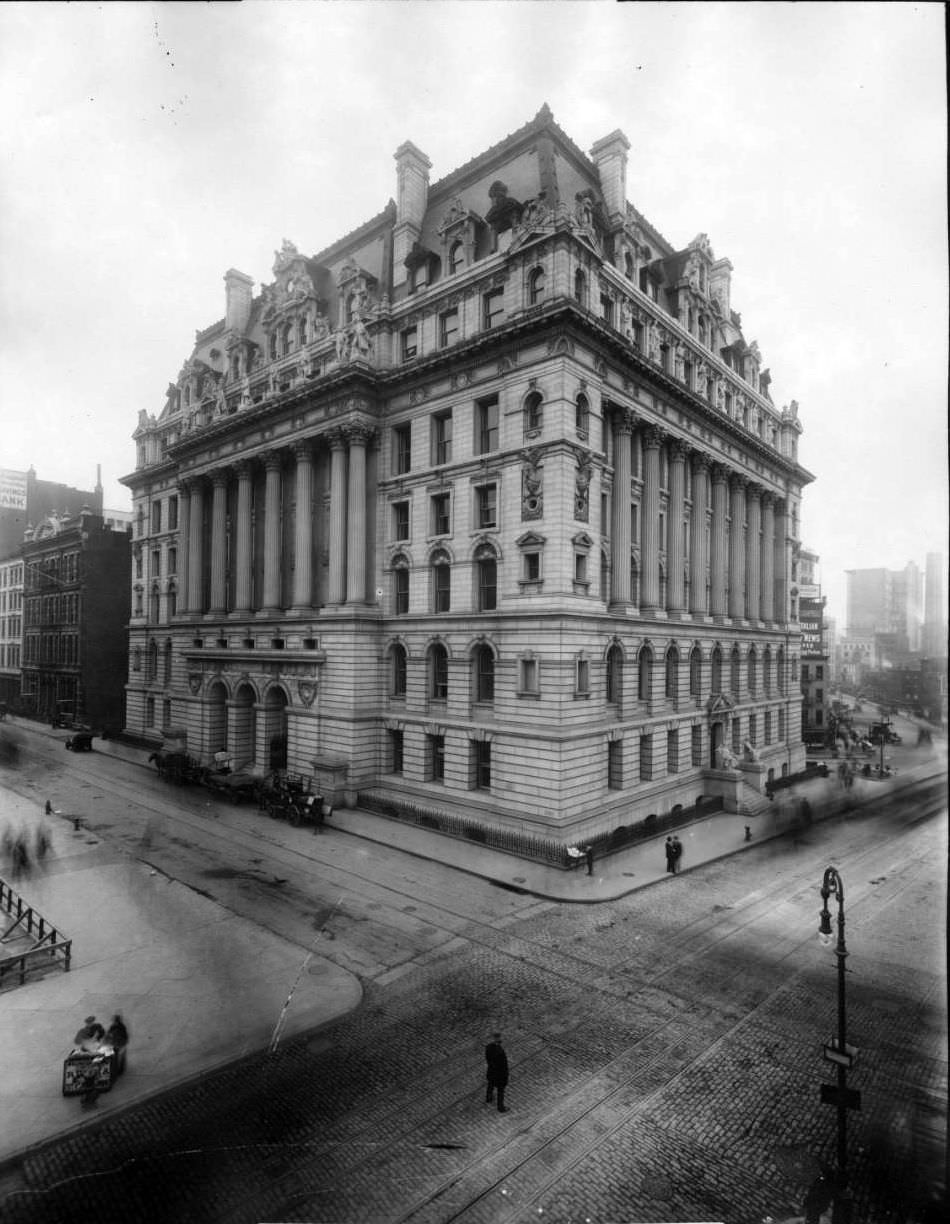
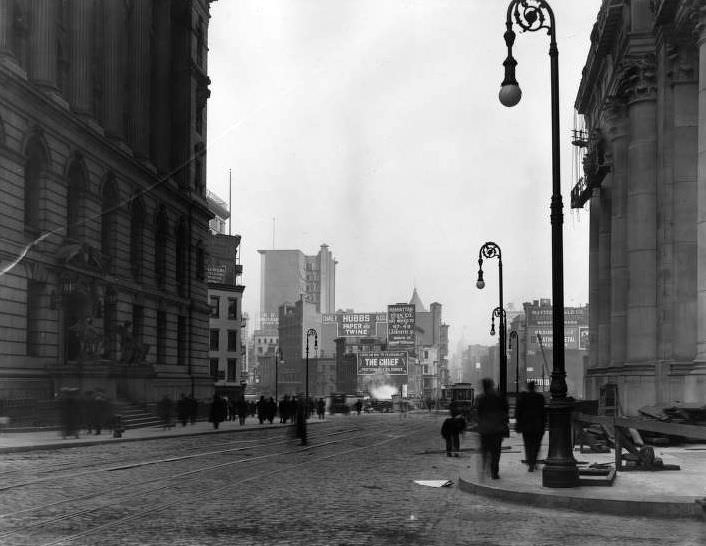
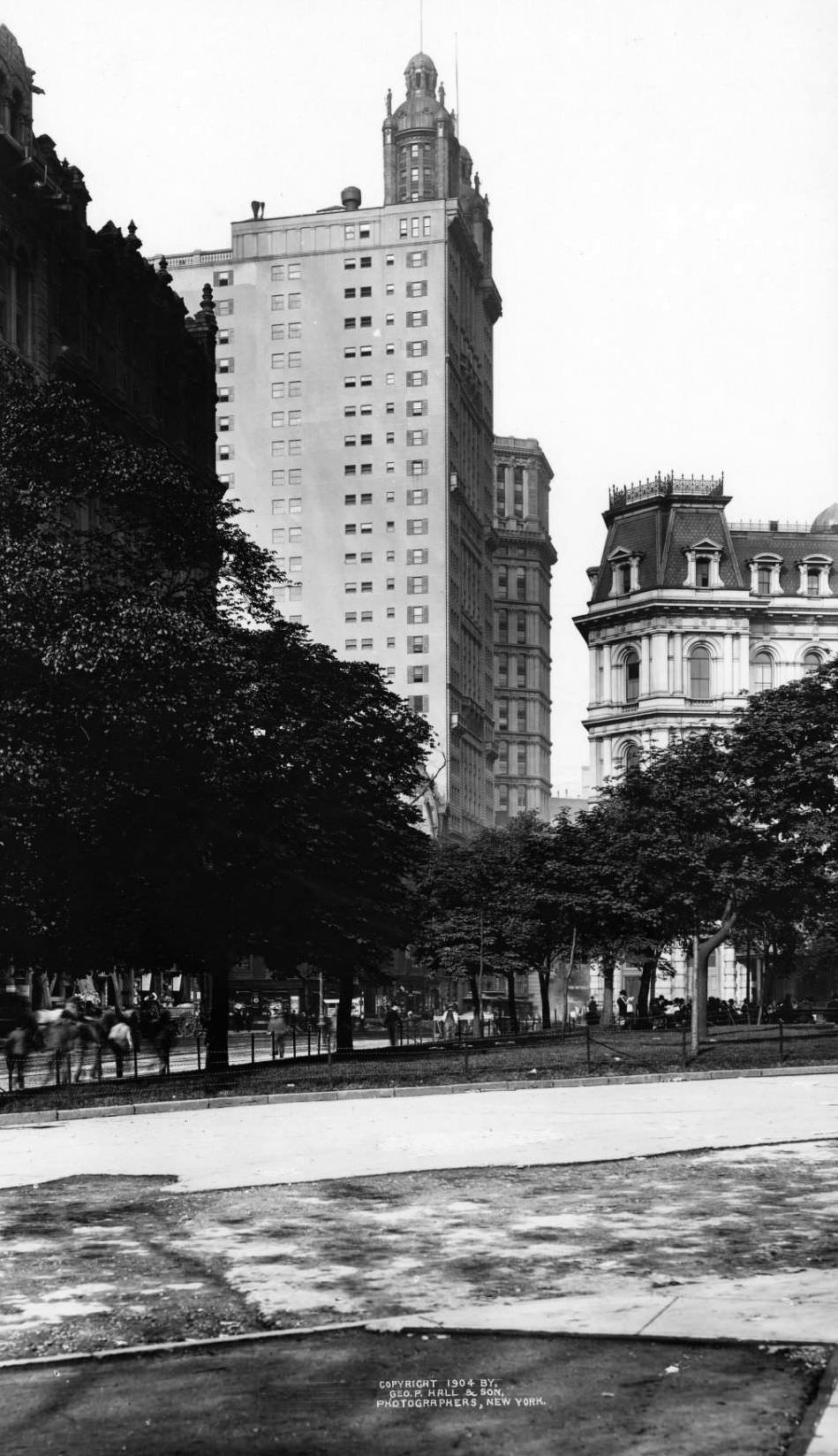
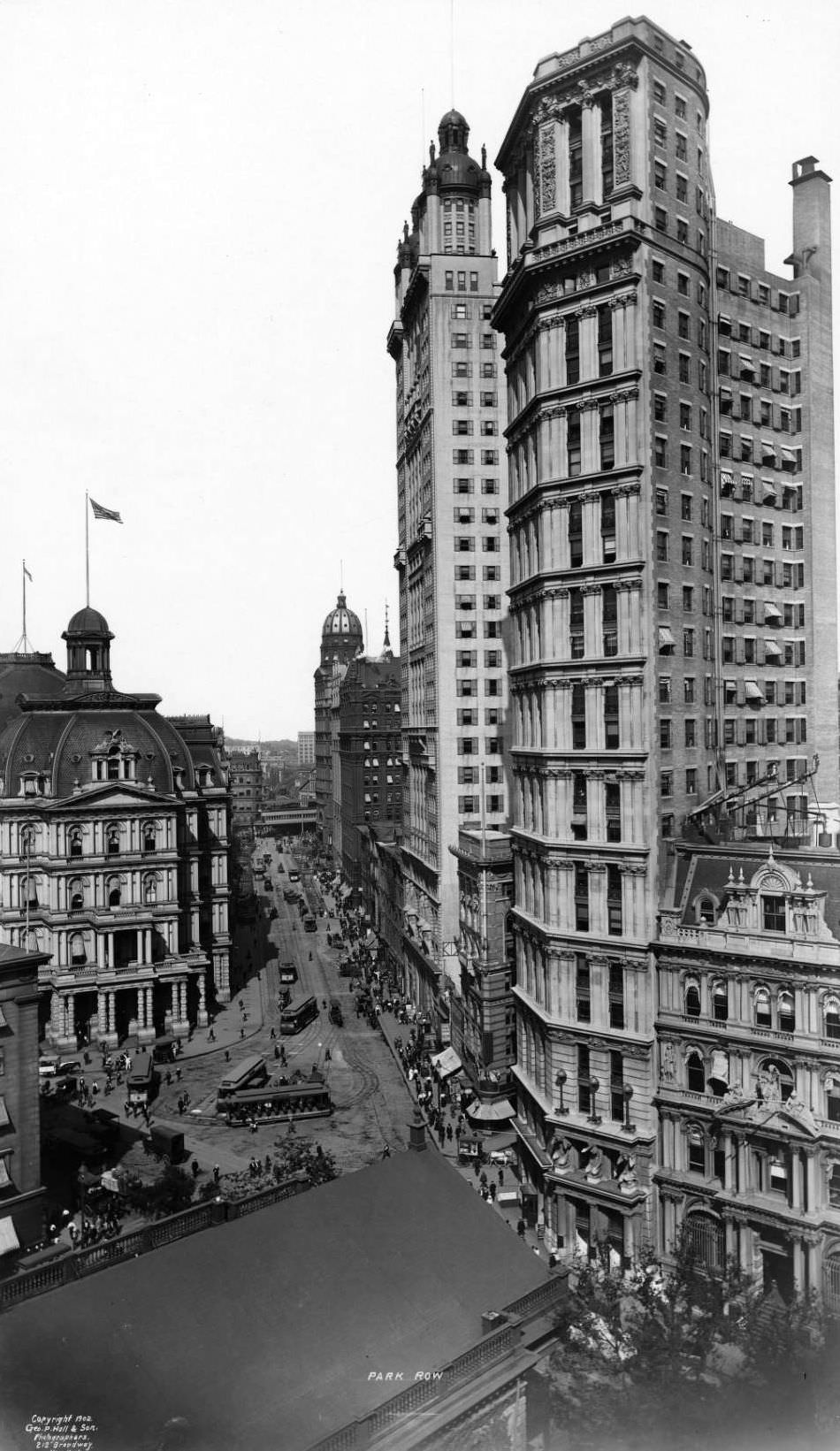

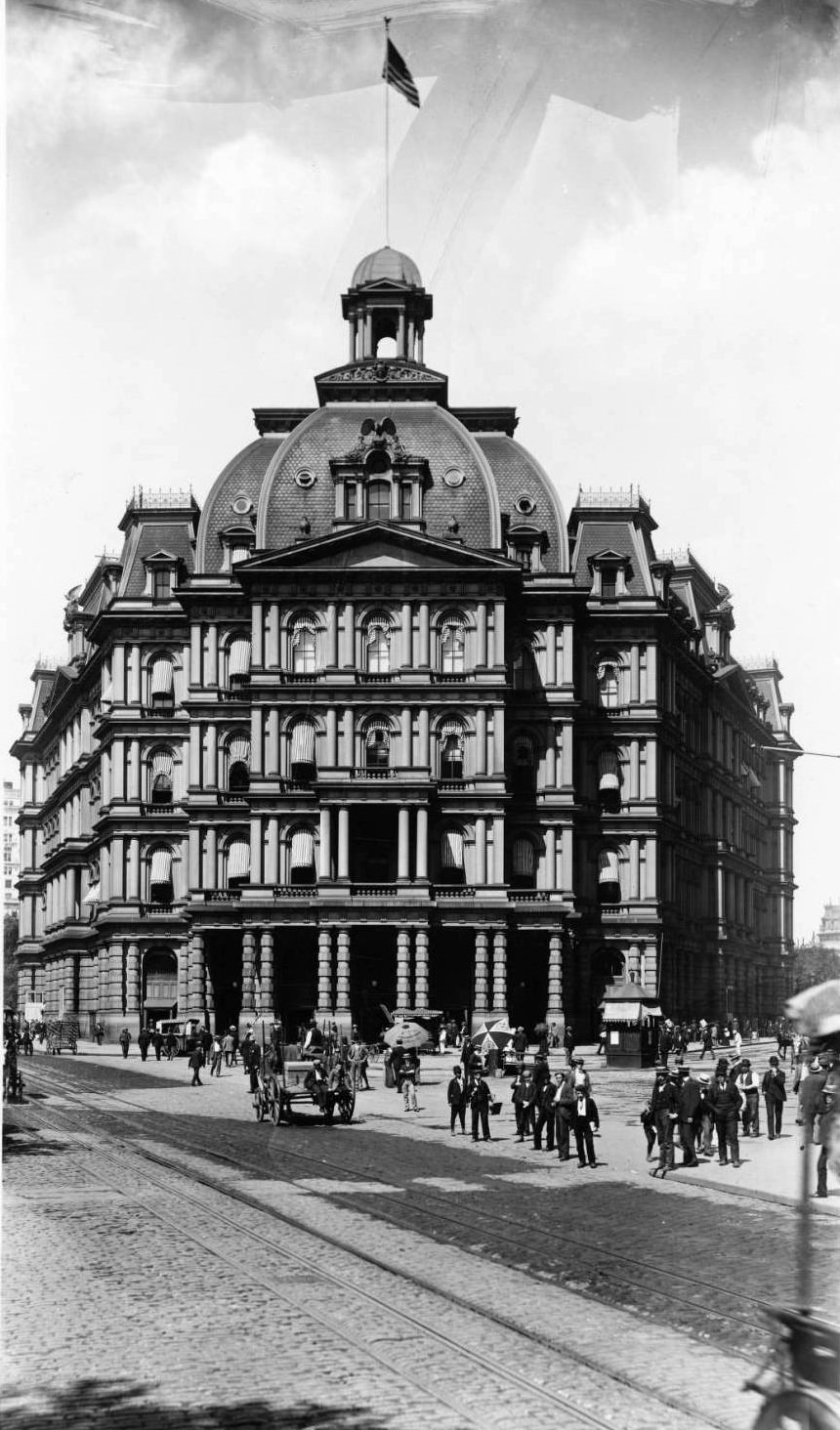
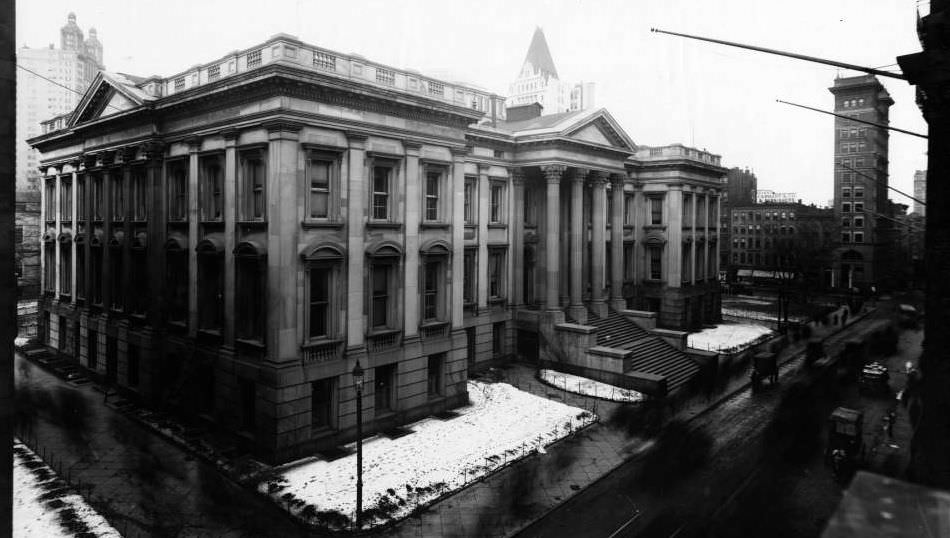
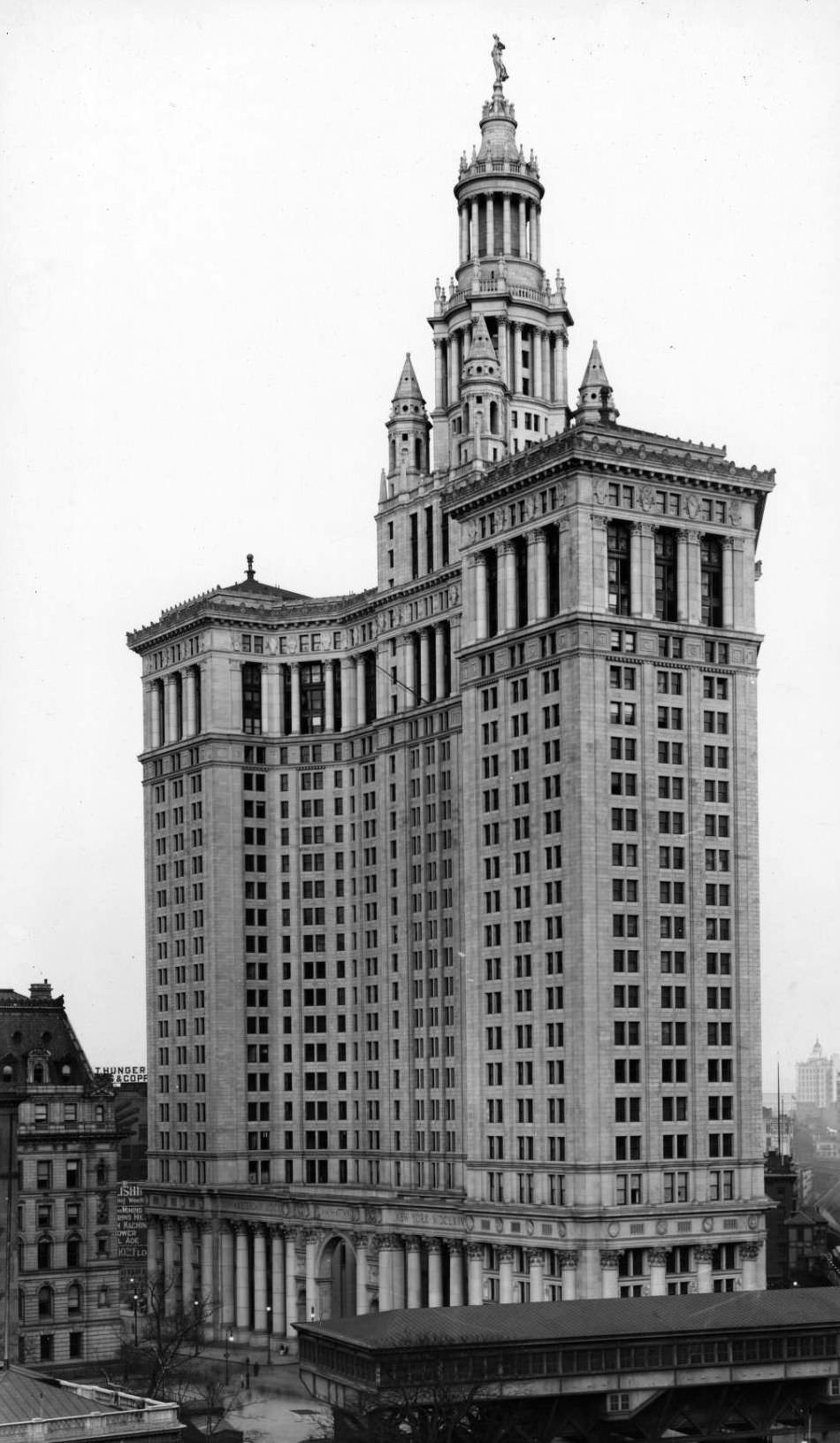
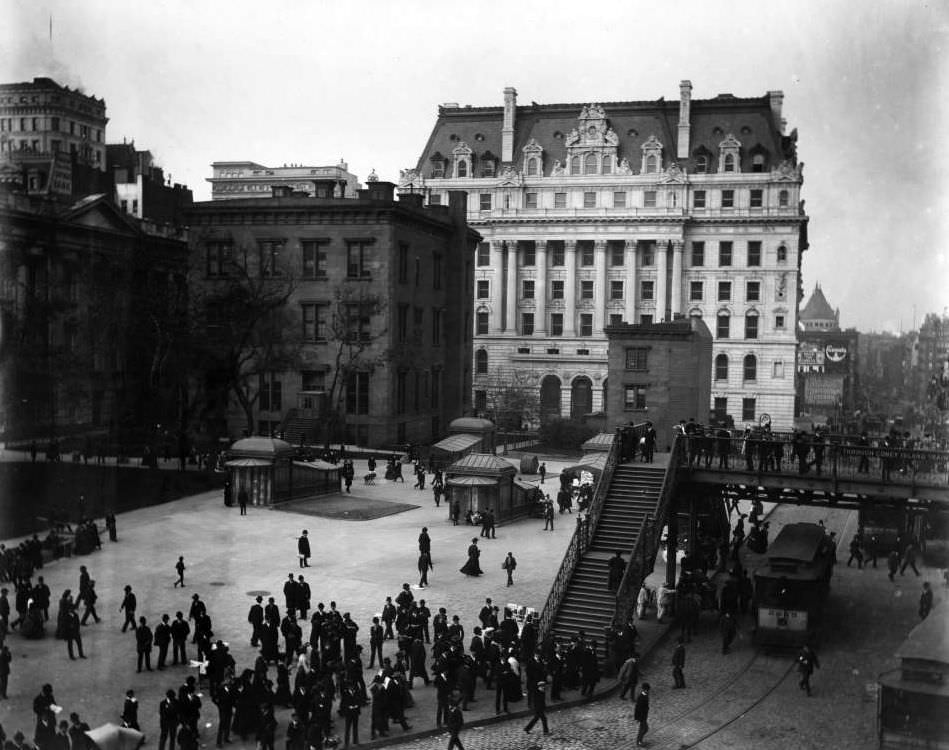
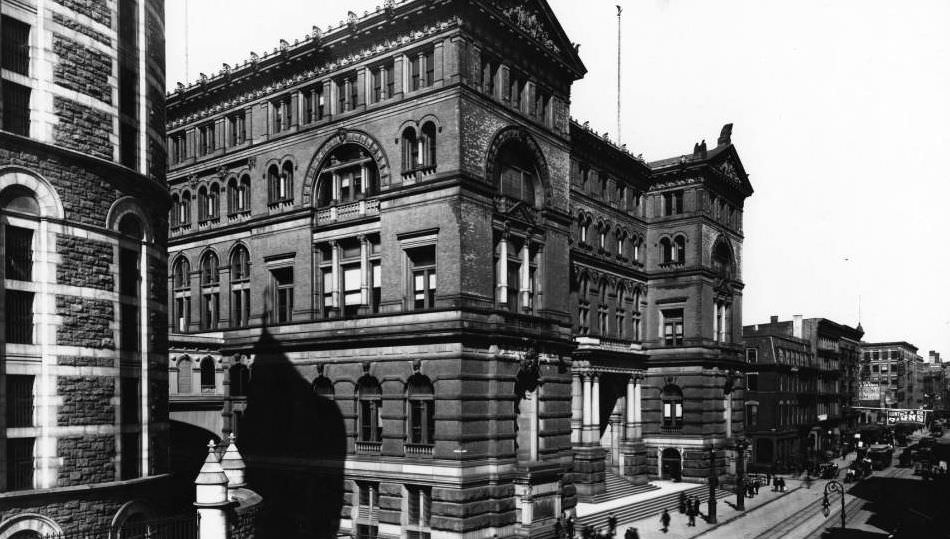
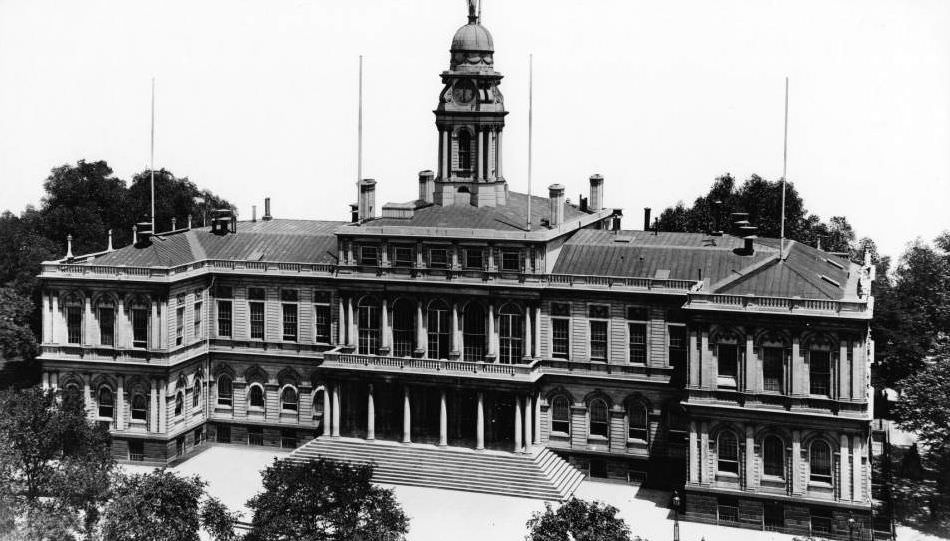
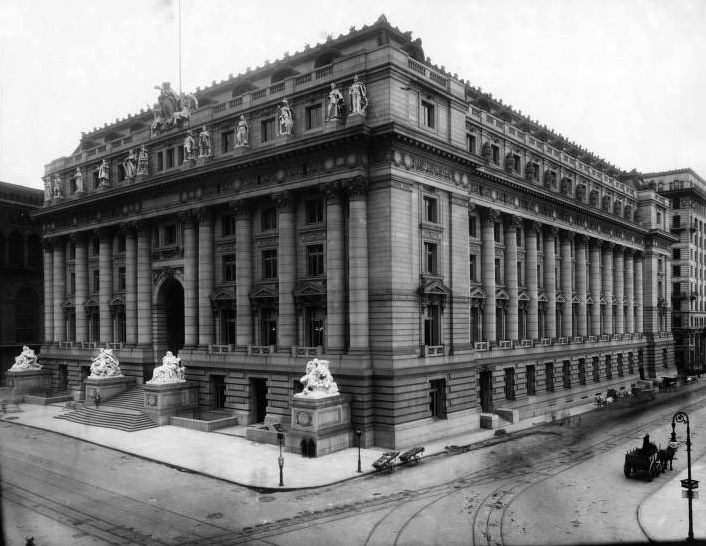

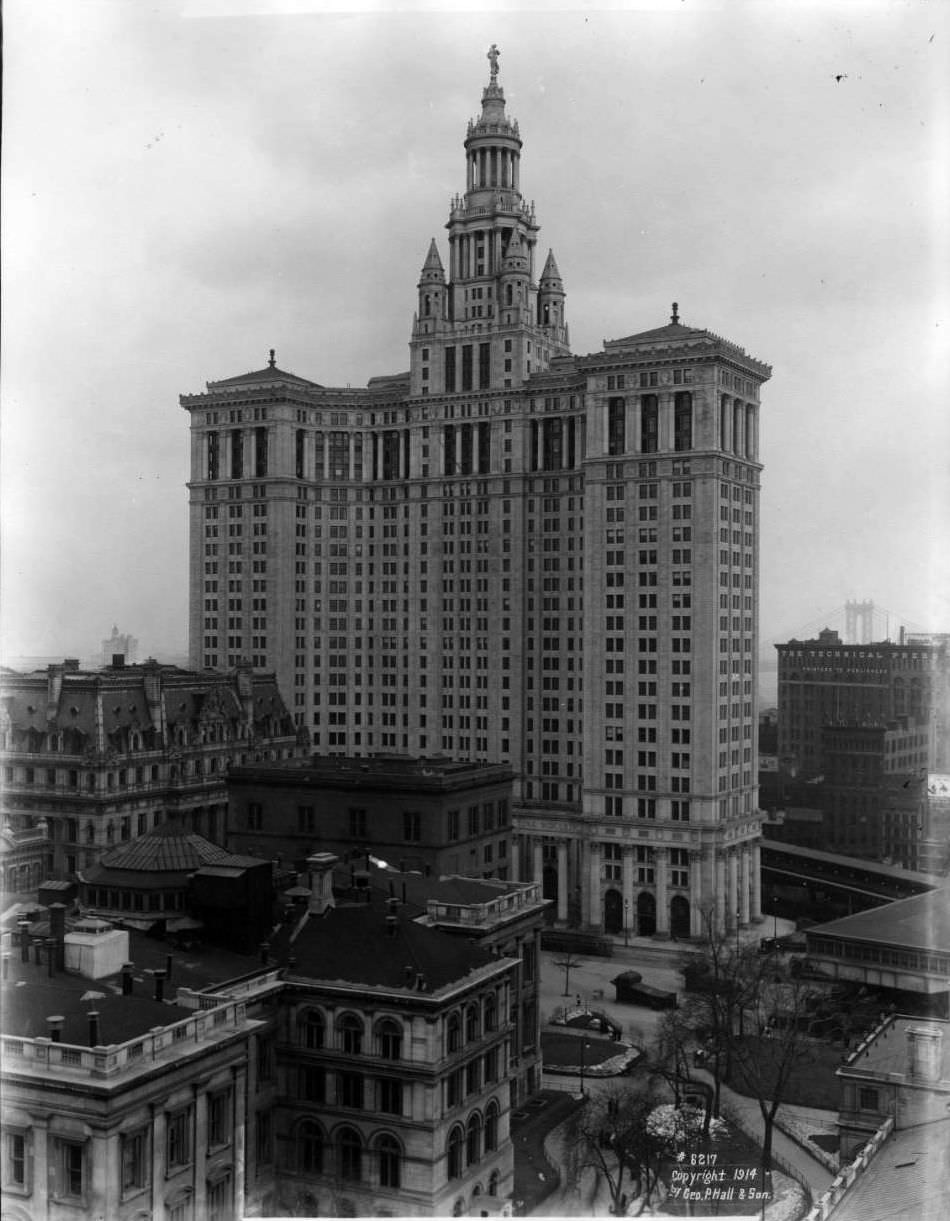
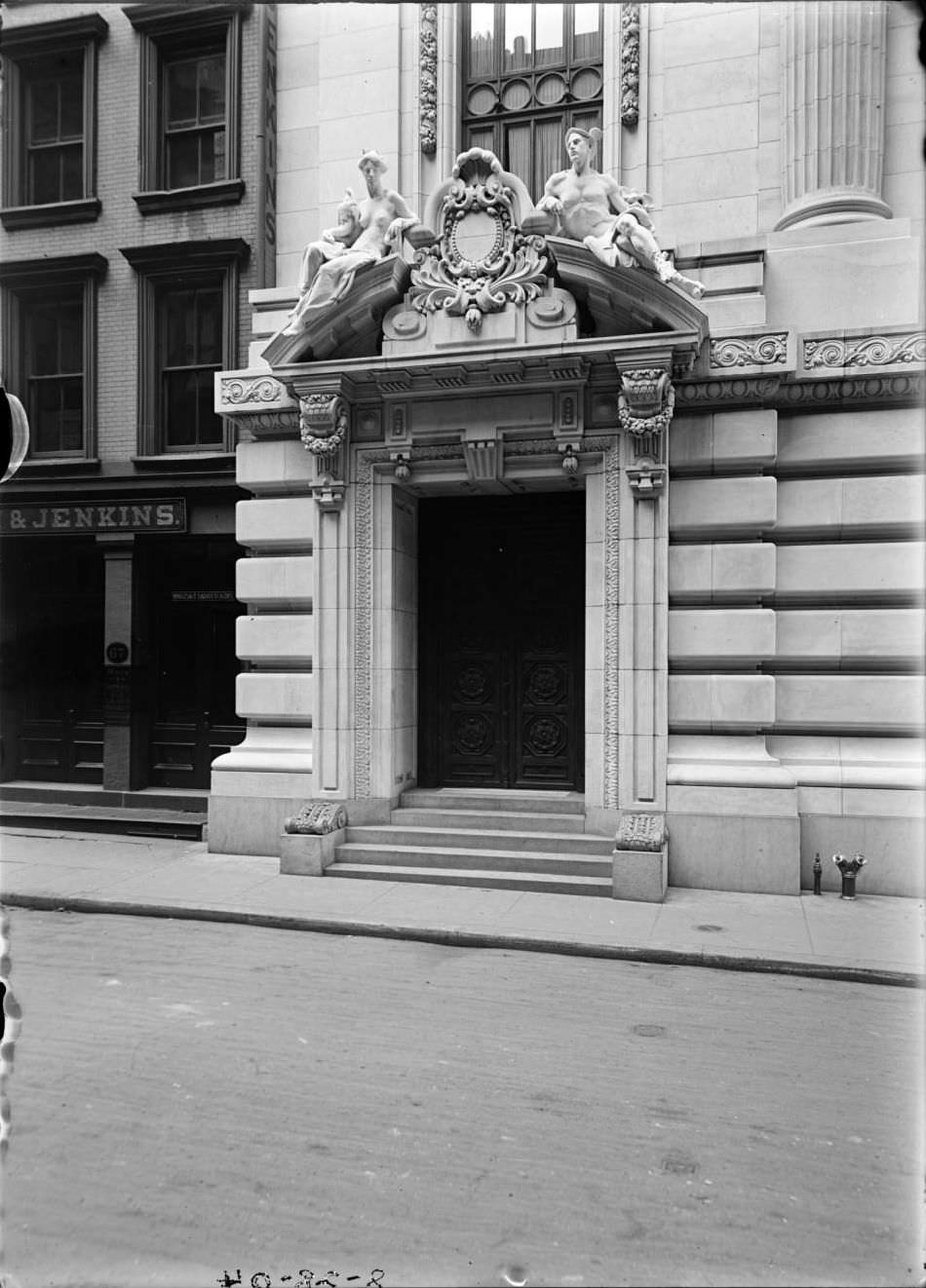

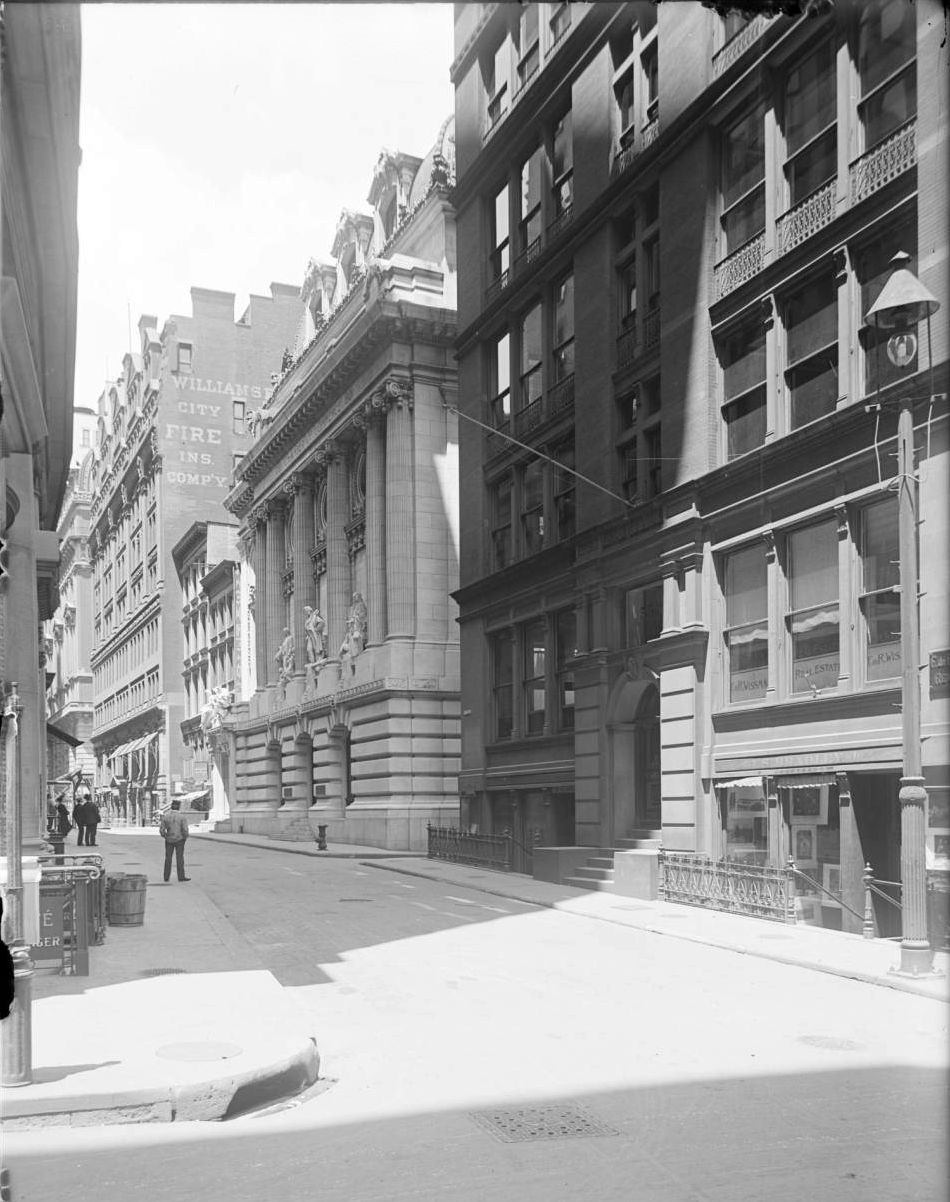
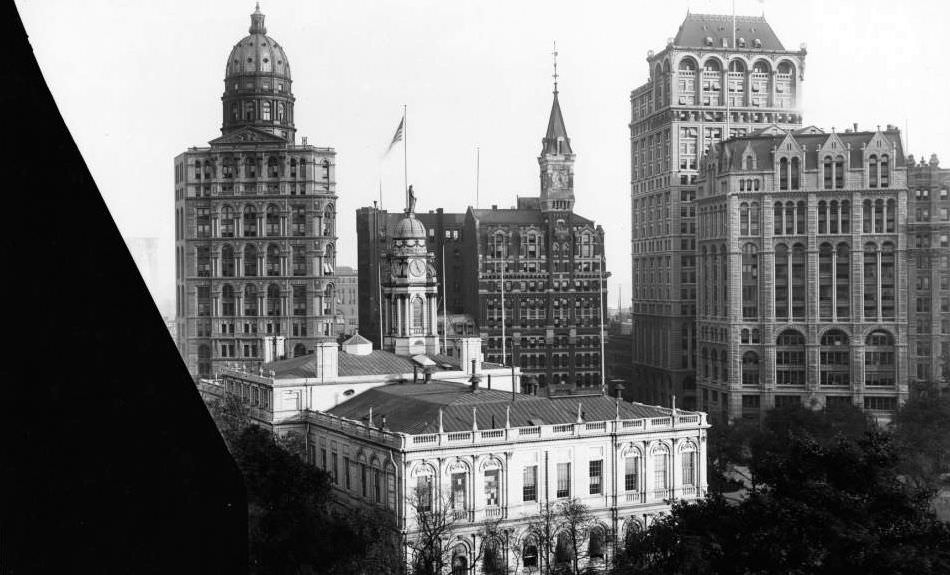
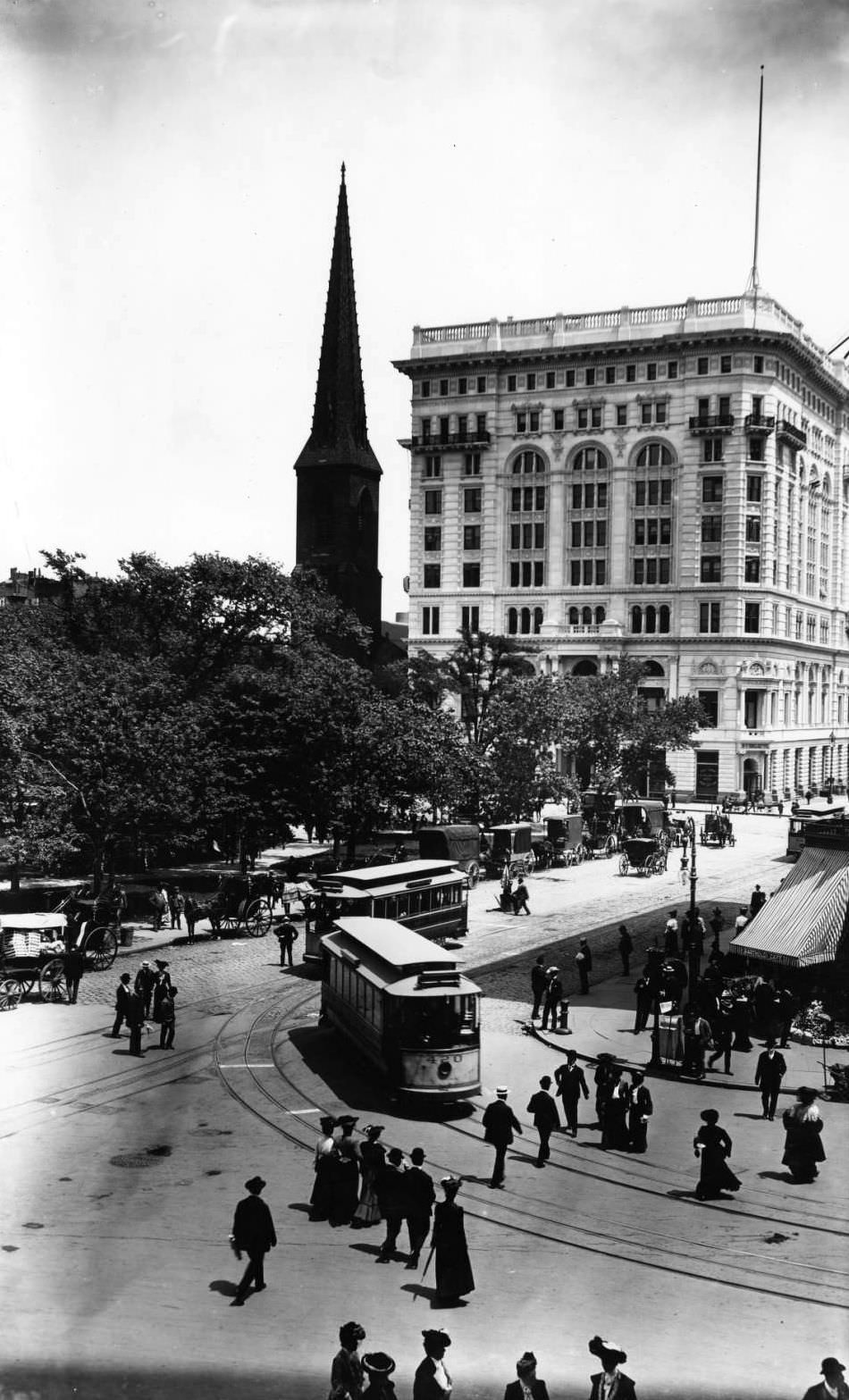
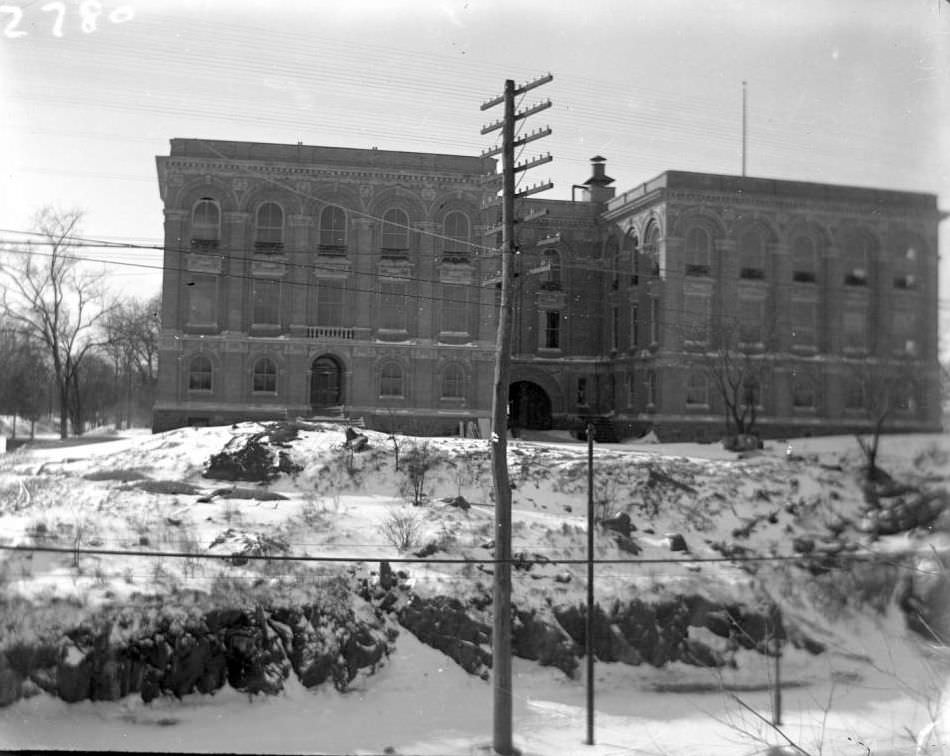
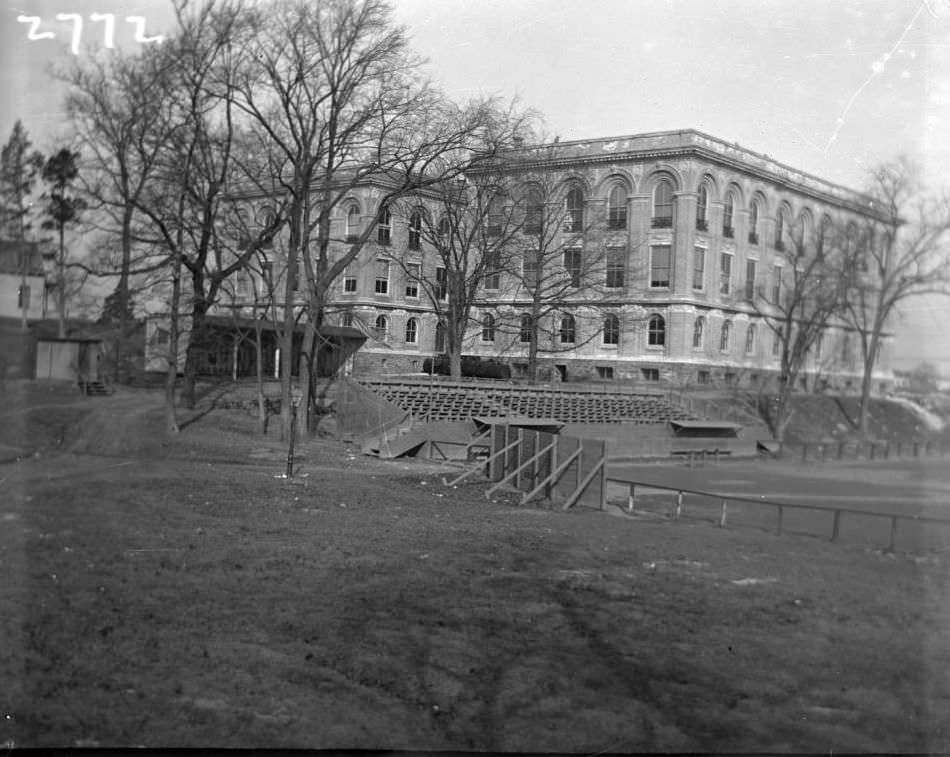
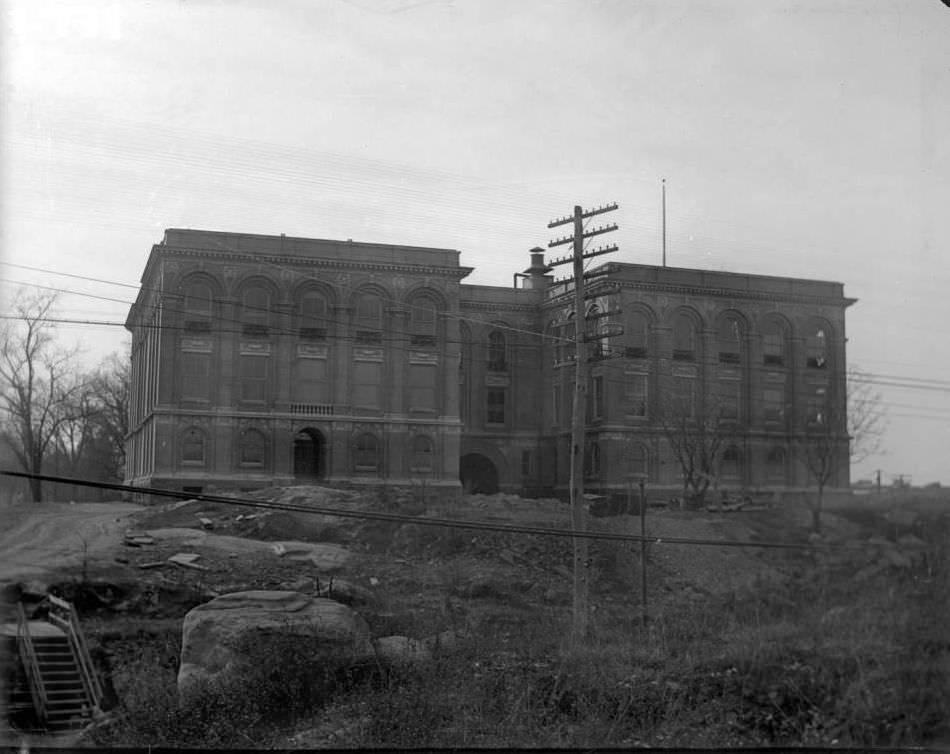
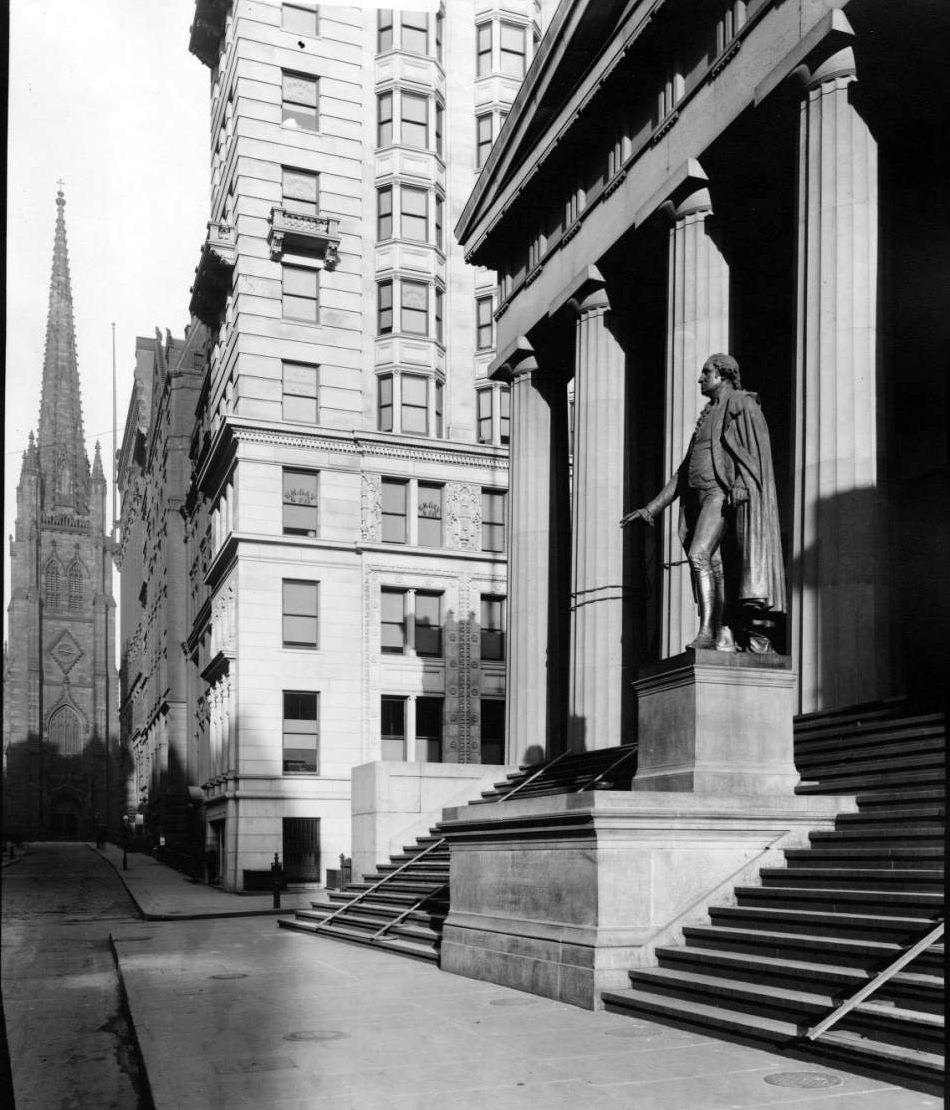

GIPHY App Key not set. Please check settings